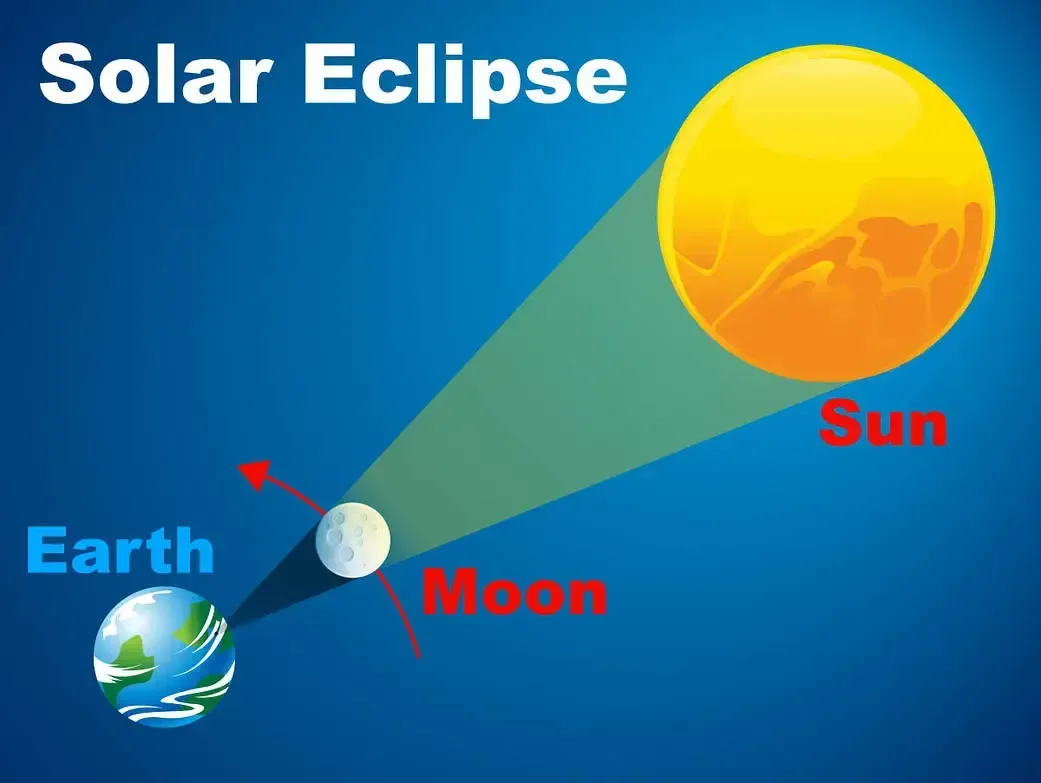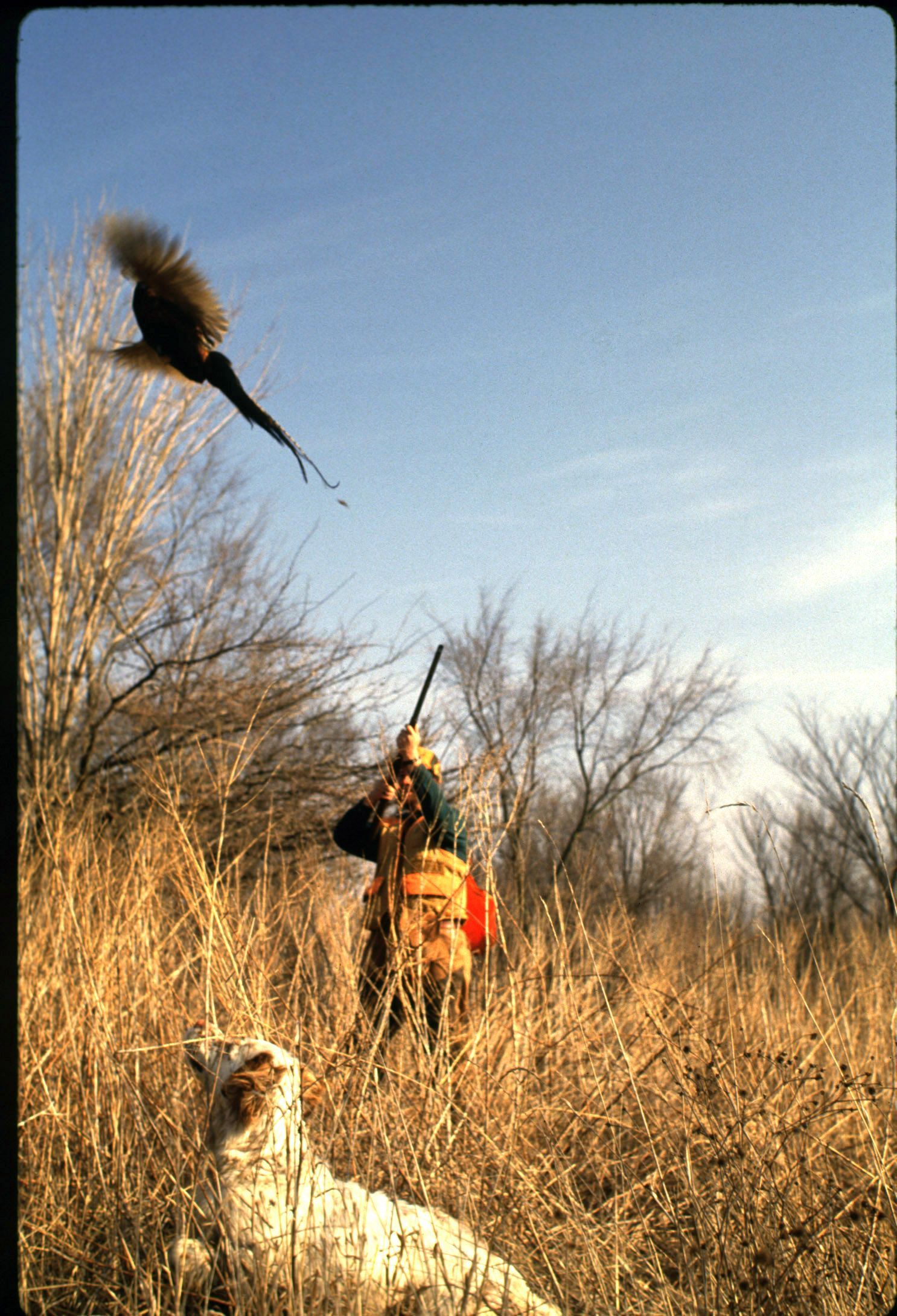How Does a Solar Eclipse Affect the Environment?
On Monday, April 8, 2024, a rare total solar eclipse is set to cross the entire North American continent. The eclipse will begin over the South Pacific Ocean, passing through the United States, Mexico, and Canada. According to the National Aeronautics and Space Administration (NASA), the eclipse will pass over Mexico starting at 11:07 AM and end in Canada at 5:16 PM. The path of totality will be visible from Texas to Maine, and all lower 48 states will be able to experience a partial eclipse.

A solar eclipse occurs when the moon, sun, and Earth line up either partially or fully, and the sun becomes covered or partially covered by the moon. As the moon passes between the sun and the Earth, it creates a shadow on Earth that blocks the sun’s light. This phenomenon doesn’t happen very often because the moon doesn’t orbit on the same plane that the sun and Earth do. The moon’s orbit is 5 degrees different than Earth’s, but it does intersect Earth’s orbit in two places, which astronomers call nodes. A solar eclipse only occurs if the sun and moon are at the same node. However, the majority of the time the moon is above or below a node and no eclipse occurs. There are different types of solar eclipses depending on how covered the sun becomes and how far away the moon is from the Earth.
The event on April 8, 2024, is a total solar eclipse, which occurs when the moon completely blocks the sun’s rays. During this time only the sun’s outer atmosphere is visible, called the corona. The sky darkens as if it were nighttime and only a small amount of light is visible in the sky. This event only lasts 3-5 minutes as the moon continues to move across Earth. On average, a total solar eclipse occurs every 375 years. An annular eclipse occurs every 1-2 years and a partial eclipse occurs twice a year.

What Happens During a Total Solar Eclipse
As mentioned earlier, during a total solar eclipse, the sky darkens as if it were nighttime. How do plants and animals react to this sudden change? A group of scientists studied the effects on field crops and marine zooplankton during the March 29, 2006 solar eclipse. They found that the field crops dropped their rate of photosynthesis and the zooplankton started exhibiting night-time behavior ( Economou et al., 2008 ). A study on big sagebrush during the 2017 solar eclipse found that their rate of photosynthesis dropped to near-dark levels ( Beverly et al., 2019 ). Animals are also affected by a solar eclipse, often becoming confused and displaying nighttime behavior. Another study compared animal behavior across 17 different species at the Riverbanks Zoo in Columbia, South Carolina. They found that approximately 75% of the observed species started engaging in nighttime behaviors, and many of them had apparent anxiety ( Hartstone-Rose et al., 2020 ). Finally, a study on the flight behavior of foraging bees showed that the bees stopped flying during complete totality but were unaffected during partial totality ( Galen et al., 2018 ).
Important Safety Tips
Except during complete totality, it is never safe to look at a solar eclipse without specialized eye protection. Use safe solar glasses or a handheld solar viewer at all times. Regular sunglasses, binoculars, or a telescope are NOT safe to look at the sun with. Looking at the sun without proper eye protection will result in severe eye injury. For more information, visit NASA’s Eclipse Safety page. Remember, be smart and be safe!
The post How Does a Solar Eclipse Affect the Environment? appeared first on Michigan United Conservation Clubs.



